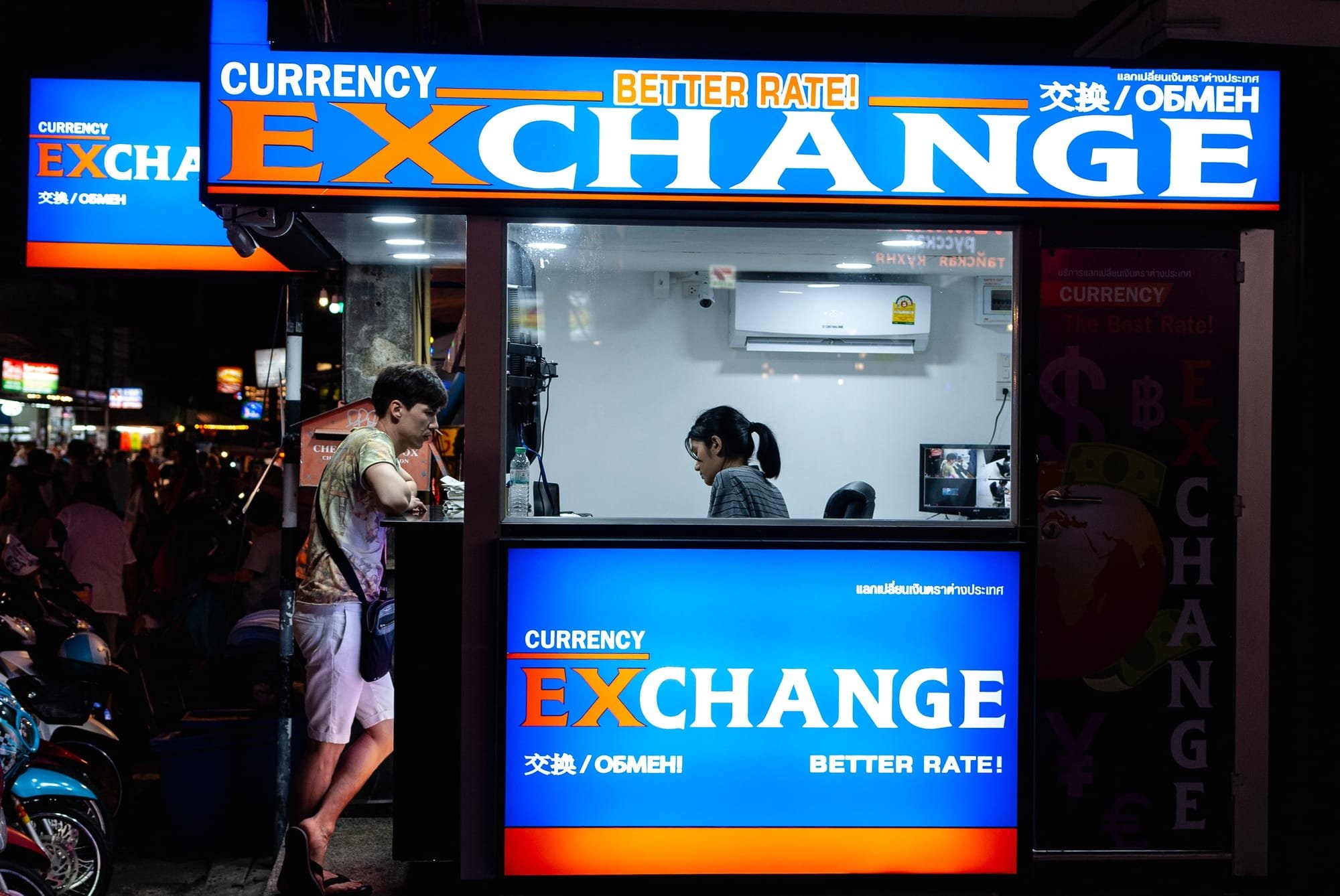Currency Risk for Non-US Investors

In today's interconnected world, investing globally has become a popular strategy for diversification and potentially higher returns. However, investing outside of one's home country also comes with risks, one of which is currency risk. This risk cannot be ignored, especially for non-US investors who invest in US-based assets.
Currency risk, also known as exchange rate risk, is the risk of financial loss due to a change in the value of one currency relative to another. For non-US investors who invest in US-based assets, currency risk arises because they must convert their home currency into US dollars to make the investment. If the value of the US dollar falls against their home currency, the investor's return on investment will be reduced when they convert their investment back into their home currency.
The magnitude of currency risk can vary depending on the amount of time the investment is held, the volatility of the exchange rate, and the size of the investment. For example, a short-term investment may be less affected by currency risk than a long-term investment because the exchange rate may fluctuate less in the short term. However, a larger investment may be more affected by currency risk because the financial loss due to exchange rate fluctuations will be larger.
To manage currency risk, non-US investors can use hedging strategies. Hedging involves taking a position in the currency market that is opposite to the investment position to offset the potential loss due to currency fluctuations. For example, an investor can use a currency forward contract to lock in a specific exchange rate for the conversion of their home currency into US dollars. This strategy can help protect the investor's returns from currency risk.
Another strategy is to invest in US-based assets that generate income in US dollars, such as US stocks or bonds. This can help offset the potential loss due to currency fluctuations because the income generated will be in US dollars, which is not subject to currency risk.
One other strategy that can help non-US investors manage currency risk is dollar cost averaging. Dollar cost averaging involves investing a fixed amount of money in regular intervals, regardless of the current market conditions. This strategy can help reduce the impact of currency fluctuations on the overall investment performance.
When non-US investors use dollar cost averaging to invest in US-based assets, they will buy more shares when the exchange rate is favourable and fewer shares when the exchange rate is unfavourable. This approach can help smooth out the effects of currency fluctuations over time, resulting in a more stable return on investment.
For example, let's say a non-US investor plans to invest $10,000 in a US stock over the next 10 months. Instead of investing the entire $10,000 at once, the investor could invest $1,000 per month for 10 months. This approach would allow the investor to benefit from dollar cost averaging, which could reduce the impact of currency fluctuations.
Furthermore, dollar cost averaging can also provide non-US investors with discipline and a long-term investment mindset. By investing a fixed amount of money in regular intervals, investors can avoid the temptation to make impulsive investment decisions based on short-term market fluctuations.
Non-US investors must also be aware of the tax implications of investing in US-based assets. They may be subject to US taxes on their investment income and may also be subject to taxes in their home country. Therefore, it is important to consult a tax professional to understand the tax implications of investing in US-based assets.
In conclusion, investing globally can be a beneficial strategy for diversification and potentially higher returns, but non-US investors must be aware of currency risk when investing in US-based assets. Currency risk can significantly impact the returns on investment due to exchange rate fluctuations, but it can be managed through hedging strategies, investing in US-based assets that generate income in US dollars, and using dollar cost averaging. These strategies can also provide discipline and a long-term investment mindset. Additionally, non-US investors must consider the tax implications of investing in US-based assets and consult a tax professional to understand the potential tax liabilities. By carefully managing currency risk and tax implications, non-US investors can potentially benefit from the opportunities offered by investing in the US market.